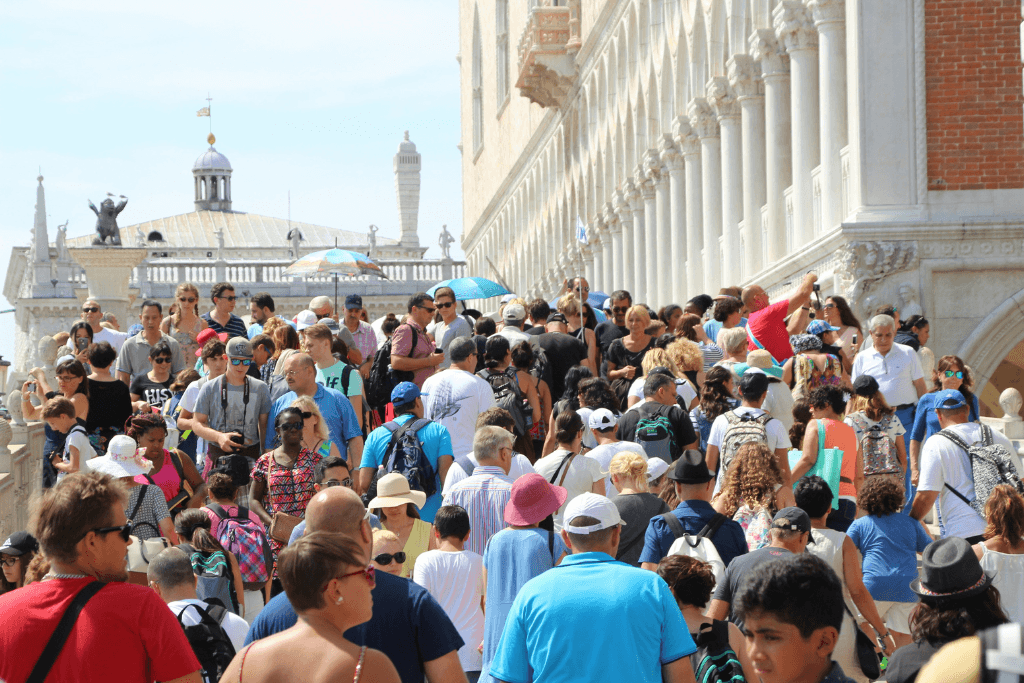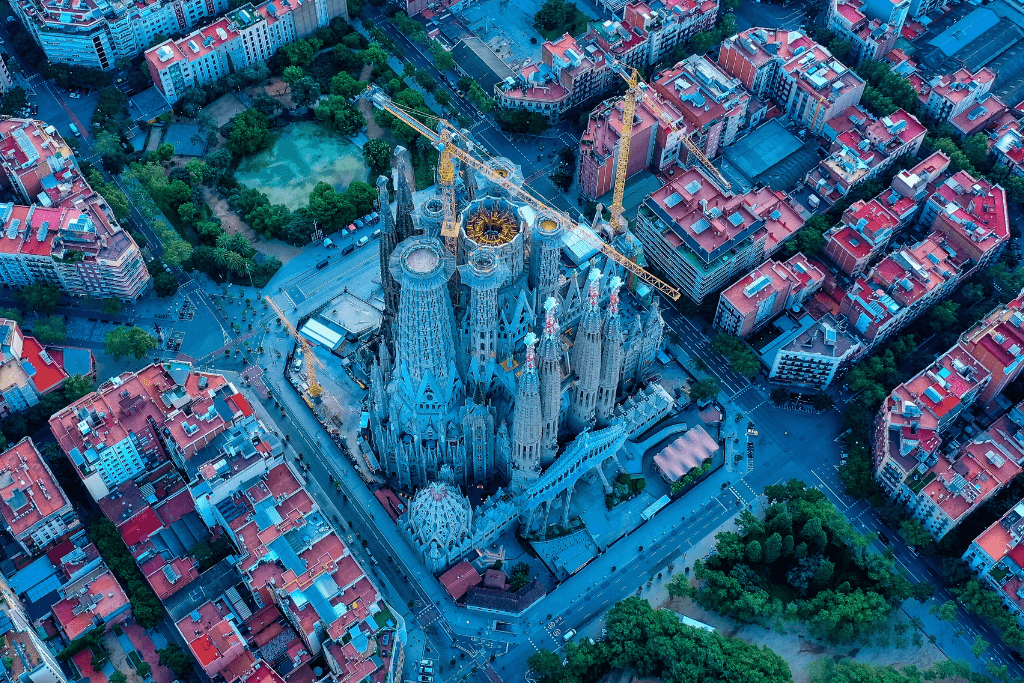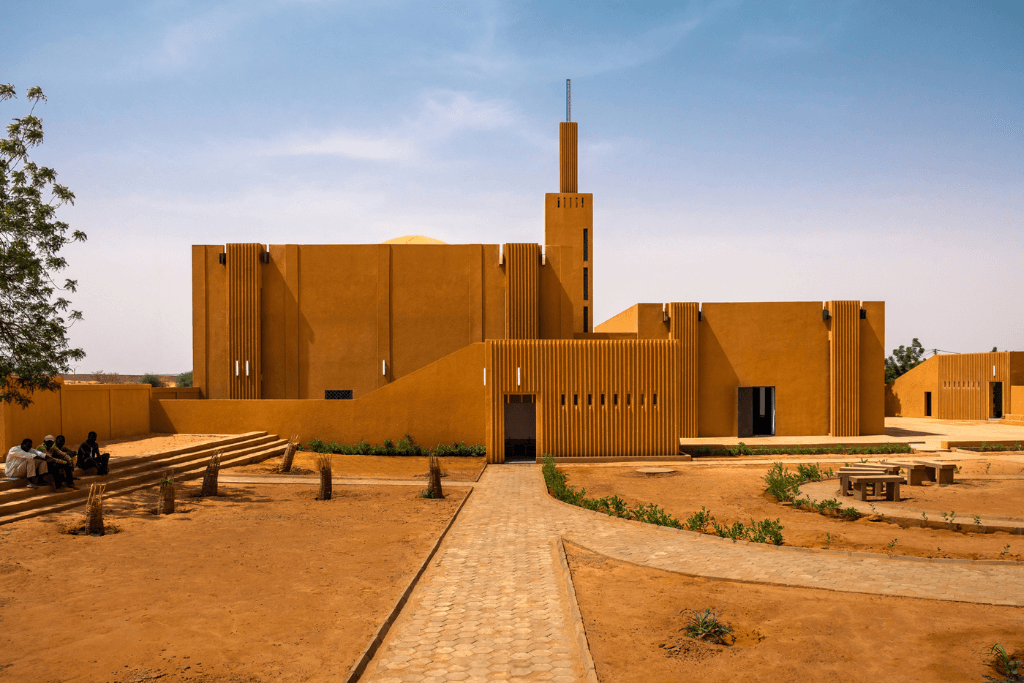The desire to travel and explore new places isn’t a novelty. However, traveling for leisure and cultural immersion is a relatively modern phenomenon that can be traced back to the 17th century, when wealthy Europeans embarked on journeys to discover other parts of their continent, like Italy, France and Spain.
Fast forward to the 21st century, travel has never been more democratic thanks to factors like affordable airlines, the boom of the sharing economy, and the abundance of travel information and inspiration online.
Despite the already gigantic size of the industry, experts predict an even more impressive jump in revenue for tourism worldwide over the next few years. By 2024, we’re looking at a market worth a whopping USD 927.3 billion, and that number is only expected to climb steadily, reaching over USD 1 trillion by 2028.
While tourism brings economic life to a city, an influx beyond its carrying capacity creates a multitude of issues. The charm that originally attracts visitors gets lost in overcrowded streets and strained infrastructure. Pollution increases, historic sites suffer wear and tear, and the local culture can become homogenized. Residents themselves get priced out of their neighborhoods, and the overall quality of life deteriorates. Overtourism jeopardizes the very things that make a city attractive in the first place.
Nevertheless, even for some of the most iconic and picturesque places in the world, overtourism doesn’t have to be a cruel fate. The transformations in the five following destinations that successfully managed overtourism prove this.
1. Prague, Czech Republic

Prague, the enchanting capital of the Czech Republic – also known as Czechia – has long charmed tourists with its stunning architecture, rich history, and vibrant nightlife. However, the city’s popularity also led to overtourism in some areas. To address this, Prague adopted a multifaceted approach.
They implemented a system of differentiated pricing for popular attractions, making them more expensive during peak seasons to discourage overcrowding and spread visitor flow throughout the year. Additionally, the city actively promotes the cultural richness of neighborhoods outside the city center, like Vinohrady and Holešovice. This not only encourages a more dispersed tourist flow but also allows visitors to experience the unique character of different districts.
Finally, Prague introduced stricter regulations on short-term rentals to ensure a better balance between tourism and local life, preventing a decrease in available housing for residents.
Through these measures, Prague demonstrates how strategic pricing, promoting lesser-known areas, and regulations on short-term rentals can be effective tools in managing overtourism while still reaping the economic benefits of a thriving tourism industry.
2. Venice, Italy

Venice, the romantic city of canals, once found itself drowning in a sea of tourists. Overflowing piazzas and cruise ships wreaked havoc on the environment, prompting the city to take action. A booking system was implemented to limit the number of day-trippers during peak seasons, ensuring a more manageable flow of visitors.
Efforts also shifted towards showcasing the unique appeal of the city’s sestieri (districts) beyond the famed Piazza di San Marco. This not only encouraged tourists to explore lesser-known areas but also helped distribute the people load more evenly throughout the city.
Additionally, initiatives were launched to attract visitors during the shoulder seasons, easing congestion in the peak summer months.
With these new implementations, Venice demonstrates that it’s possible to strike a balance between tourism’s economic benefits and the well- being of the city and its residents.
3. Boracay, Philippines

Boracay, a jewel of the Philippines known for its stunning island beauty, became a victim of its own allure. The island’s pristine environment suffered under the strain of excessive tourism. To prioritize sustainability, the government took decisive action.
In 2018, Boracay underwent a bold six-month closure for rehabilitation, allowing the island’s ecosystem time to heal and infrastructure to be upgraded. Additionally, a cap was placed on the daily number of tourists permitted, ensuring a more manageable visitor flow.
Furthermore, stricter environmental regulations were implemented to combat pollution and promote responsible waste management.
Boracay’s story serves as a powerful example of how prioritizing sustainability can breathe new life into a destination, ensuring its long-term viability and beauty for future generations.
4. Luang Parabang, Laos

Nestled amongst serene temples and steeped in rich cultural heritage, Luang Prabang, a UNESCO World Heritage Site in Laos, faced the challenge of balancing tourism with tradition. To preserve this delicate harmony, the city implemented several innovative measures.
A small sustainable tourism fee was introduced, with the revenue directed towards the conservation of cultural heritage sites and supporting local communities. This ensures that tourism contributes directly to the well-being of the city it thrives on. Respectful dress code guidelines were established, encouraging visitors to dress modestly when visiting temples, fostering a deeper understanding and appreciation for local customs and religious beliefs.
Furthermore, educational campaigns were launched to promote responsible tourism practices, informing visitors on how their behavior can impact the town’s unique character.
Thanks to these initiatives, Luang Prabang demonstrates how a thoughtful approach to tourism can create a win-win situation, ensuring the town’s cultural treasures are preserved while welcoming visitors to experience its magic responsibly.
5. Amsterdam, the Netherlands

Amsterdam, the city of charming canals and a free spirit, found itself grappling with unruly tourist behavior in certain areas. To combat this, they embraced a tech-driven approach.
A network of cameras and sensors was installed to monitor crowd levels in real-time, allowing authorities to pinpoint potential bottlenecks. This data was then used to power strategically placed digital signs throughout the city.
These signs acted as dynamic information displays, directing tourists towards less crowded areas and ensuring a smoother flow of visitors. In addition to the tech solutions, Amsterdam launched targeted educational campaigns.
These campaigns aimed to educate visitors on responsible behavior and instilled the importance of respect for local residents. Through this blend of technology and education, Amsterdam demonstrates how innovation can foster a more respectful and enjoyable experience for both tourists and residents.
A Brighter Future for Tourism: Balancing Growth with Sustainability
The travel bug has bitten humanity for centuries, but the ease and affordability of modern travel has created a new challenge: Overtourism. While tourism brings undeniable economic benefits, it can strain a destination’s resources and threaten its very essence.
Nevertheless, the fight against overtourism isn’t a losing battle. The inspiring stories of Prague, Venice, Boracay, Luang Prabang, and Amsterdam showcase a range of effective solutions.
From strategic pricing and promoting lesser-known areas to innovative tech applications and responsible tourism education, these destinations prove that a sustainable future for travel is possible.








